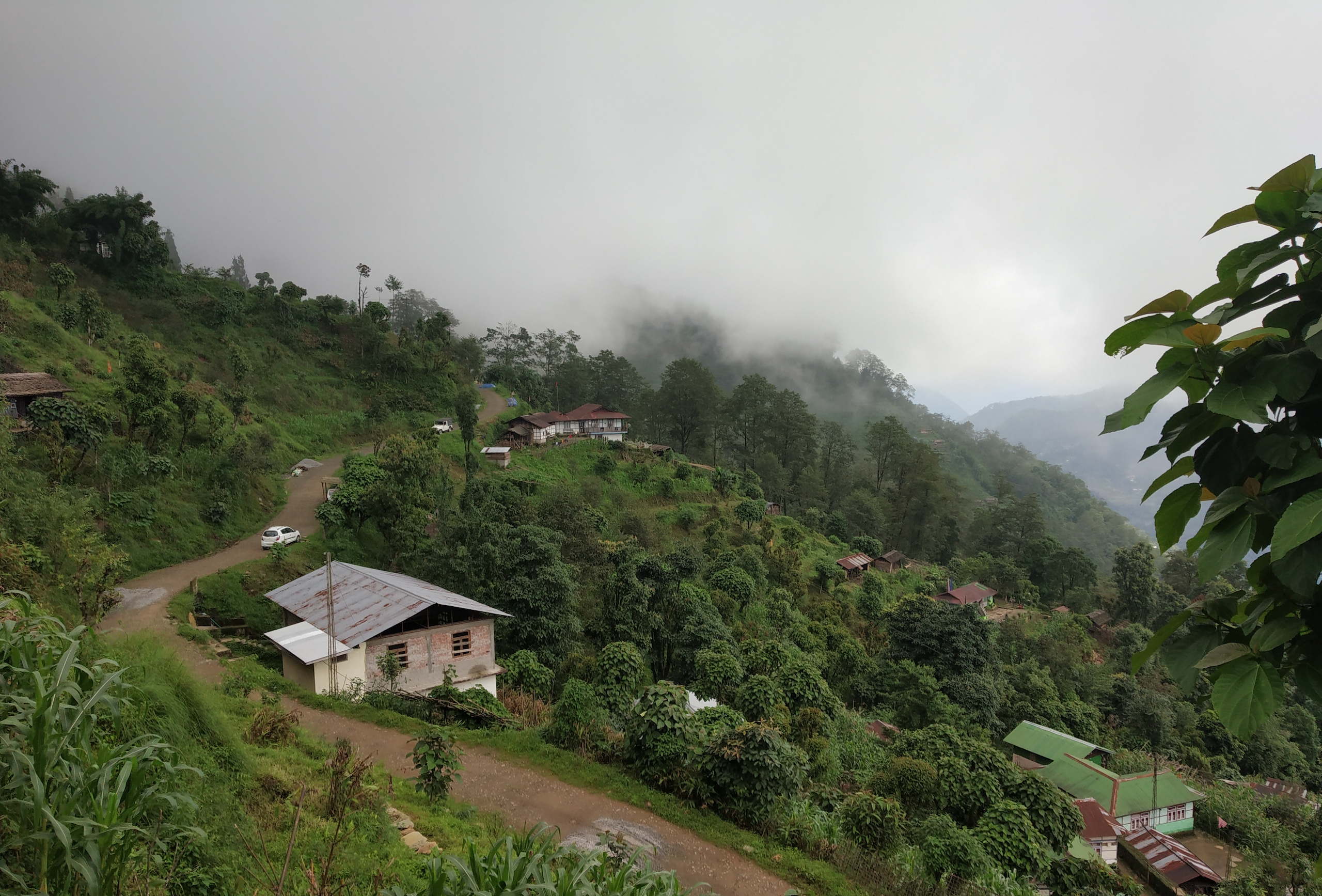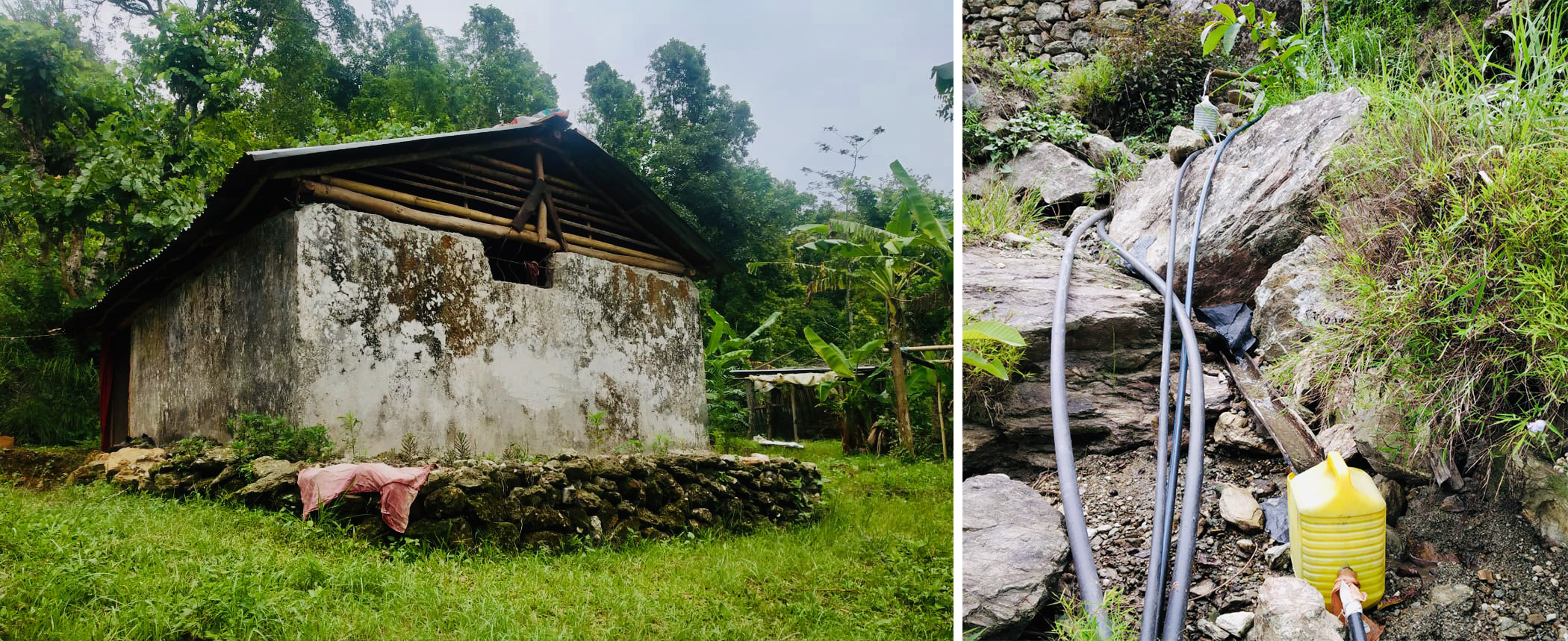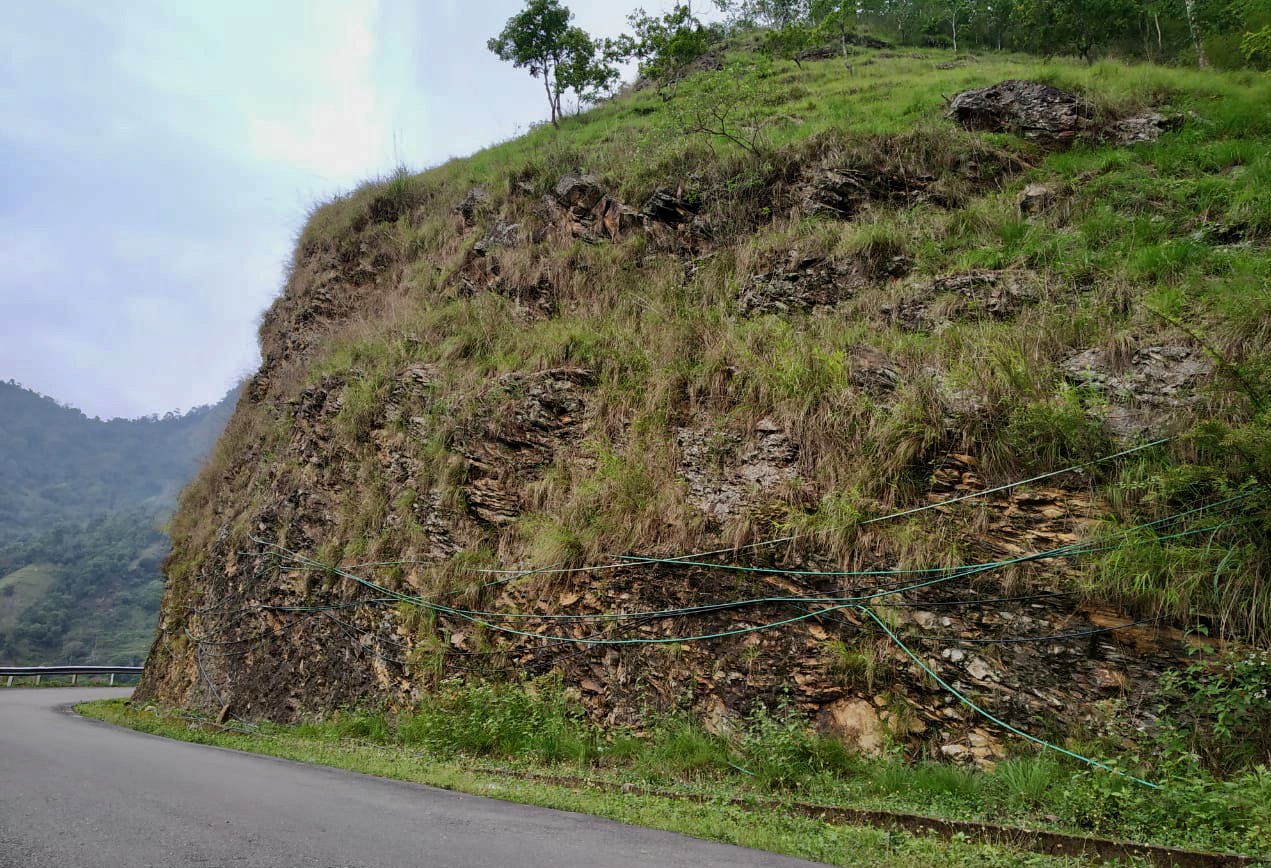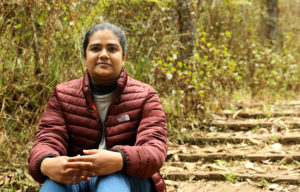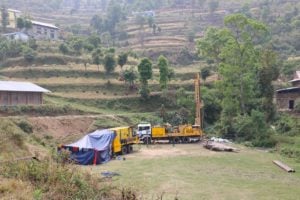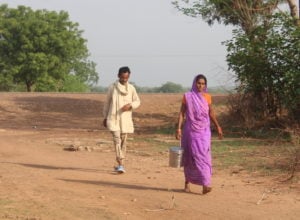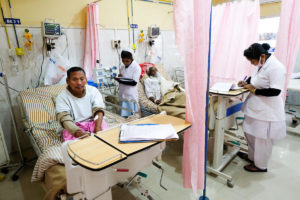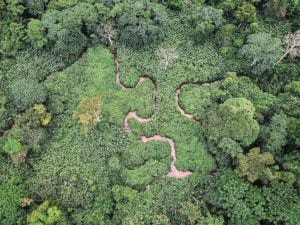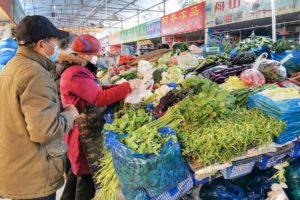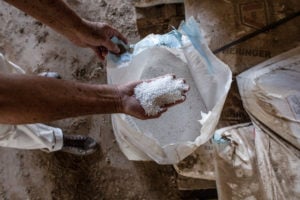Every day, Bidya* spends three to four hours getting water from the thulo dhara, or big spring, three kilometres from her house in Sumbuk. “Fetching water is only done by women,” she told us as she watched her neighbours build a new house.
Given the scarcity of water, we asked how her neighbours manage to prepare mortar, mix cement, and cure concrete, to name just a few of the thirsty activities involved in construction. “What else can we do but buy water privately?” said Baltshering*, Bidya’s neighbour.
Most people in Sumbuk, a ward in Namchi district in southern Sikkim, rely on private water connections that they have laid. These draw water from either public water sources or private ones, which they have to pay for. Through informal arrangements, they pay landowners who have springs on their land as well as people who have access to multiple pipe connections – an expensive way to obtain an essential resource.
Our interaction with Bidya and Baltshering encapsulated two of the glaring issues plaguing Sikkim’s rural water supply system, which we documented during our field research between May and July 2022. First, that the Himalayan springs that quench the state do not reach everyone. Second, that private informal infrastructures and networks managed by communities are the lynchpin of the rural water supply.
Our research belies the common perception that the small state in northeast India is water-rich, and highlights an urgent need to better understand factors aggravating scarcity among marginalised rural communities. It also shows how critical it is to tailor interventions to specific areas. What works in the plains may not be successful in the mountains.
Pipes and tanks everywhere, but little water in them
Other than Sumbuk, our study covered Mellidara in southern Sikkim, and Yuksam in the western part of the state. Pipes that crisscross the landscape are a distinctive feature of rural Sikkim, suggesting that households are comprehensively connected to a supply of water. During our conversations with 20 residents of Sumbuk, however, it became apparent that the presence of infrastructure was not indicative of access, as many tanks either do not work or have irregular supply. These villagers are from a marginalised community, and lack the social and economic capital to secure access to this basic resource – compelling people like Bidya to trek long distances or pay high sums for water.
The system of private connections is a phenomenon that has emerged over the past decade in rural Sikkim.
Previously in Sumbuk, people used to fetch water from springs and small ponds.
With the advent of government schemes to supply water, the piped system came into being.
Some pipes were put in by the state, but as the number of households increased, people resorted to installing the infrastructure themselves.
The villages that fall within Sumbuk lie in a drought-prone part of the state. Although climatic factors do affect water access, we found that power dimensions, such as land ownership, distance from the water source and economic class, are greater determining factors
Water supply irregular despite federal and state schemes
Sumbuk is one of the wards that constitute Sumbuk Kartikey Gram Panchayat Unit (GPU). In Sumbuk Kartikey GPU, panchayats (village councils) supervise the water-distribution system and conduct surveys for the implementation of water supply schemes. They have obligations under the Jal Jeevan Mission (JJM), a flagship scheme of the government of India launched in 2019 with the objective of providing tapped drinking water to every rural household. Sumbuk’s panchayats are currently formulating JJM-mandated village action plans, documents that detail infrastructure that will be developed for supplying water.
Another key part of water governance is the Rural Development Department (RDD), a state-level nodal agency responsible for rural drinking water supply.
The Rural Development Department is responsible for building treatment tanks at water sources and laying the necessary infrastructure for supplying water. While not directly responsible for managing water bodies and sources, RDD oversees a flagship programme called Dhara Vikas, meaning “springshed development”. This involves digging trenches to hold rainwater so that it can percolate into the hillside, an activity that is undertaken by the Gram Panchayat Unit upstream of Sumbuk.
The Gram Panchayat Unit is the local government responsible for maintaining water sources, one of the 29 subjects under their jurisdiction. They allocate “source development funds” for maintenance and restoration of the water sources.
In towns, and some market centres in the rural areas, the Public Health Engineering Department is responsible for the water supply.
In Sumbuk, the main water sources from where the RDD supplies water are tuk khola (small rivers), majuwa (small streams) and some springs. However, their water supply is irregular because of the difficult mountain topography, dispersed distribution of households, disruption of pipeline connections due to landslides, and decrease in discharge volume from sources during lean seasons.
People and communities fill the gaps privately
To fill this gap, local communities work collectively to draw water from public (rivers, streams and ponds that do not fall on privately owned land) and private (which tend to be springs that occur on private land) sources at their own expense. In Sumbuk, we saw numerous pipelines along the roads, crisscrossing through trees and even across ridges and cliffs. Communities maintain and manage these pipelines even at personal risk, such as during the monsoons.
In one ward, collective action was exemplified by the informal initiative of a group we spoke with. Starting in 1995, three households tapped water from Khimbu dhara, a spring on private land. Over the years the group increased to nine households. Each household has a piped connection and draws water at a specific time of the day on a rotation basis. They also share the water supply with others in times of need. Now, they are in the process of buying the spring for INR 600,000 (USD 7,350).
“After we have made the full payment, we will be able to secure full access to the water source for a lifetime and will be free of paying rent to the landowner,” said Denhang*. He explained that this was a permanent solution to paying the ever-increasing rent and competition from other potential consumers.
This highlights how access to water is determined not just by the availability of natural sources and physical infrastructure, but by formal and informal governance structures. The households that fall into the blind spot of the water supply network are those without socio-economic means.
According to JJM, as of 12 April 2022 about 82% of rural households in Sikkim have tapped water connections. In pockets of the state, this infrastructural development alone does not guarantee access to water. A crucial factor is the inclusion of local community members in decision-making processes. This can be achieved through their involvement in surveys and attendance in gram sabhas (village council meetings). Improved transparency and participatory mechanisms for water management will pave the way for better access.
Given many of the factors affecting access to water in Sikkim are similar to other parts of India and indeed globally, where access to water is highly contested and distribution is far from equitable, these lessons can be applied much further afield.
* Names have been changed to protect people’s privacy
Acknowledgement: Field assistant Diwakar Gurung contributed to the field research for this report. The authors would like to thank Kaavya Kumar at ATREE Bangalore for editorial support.

